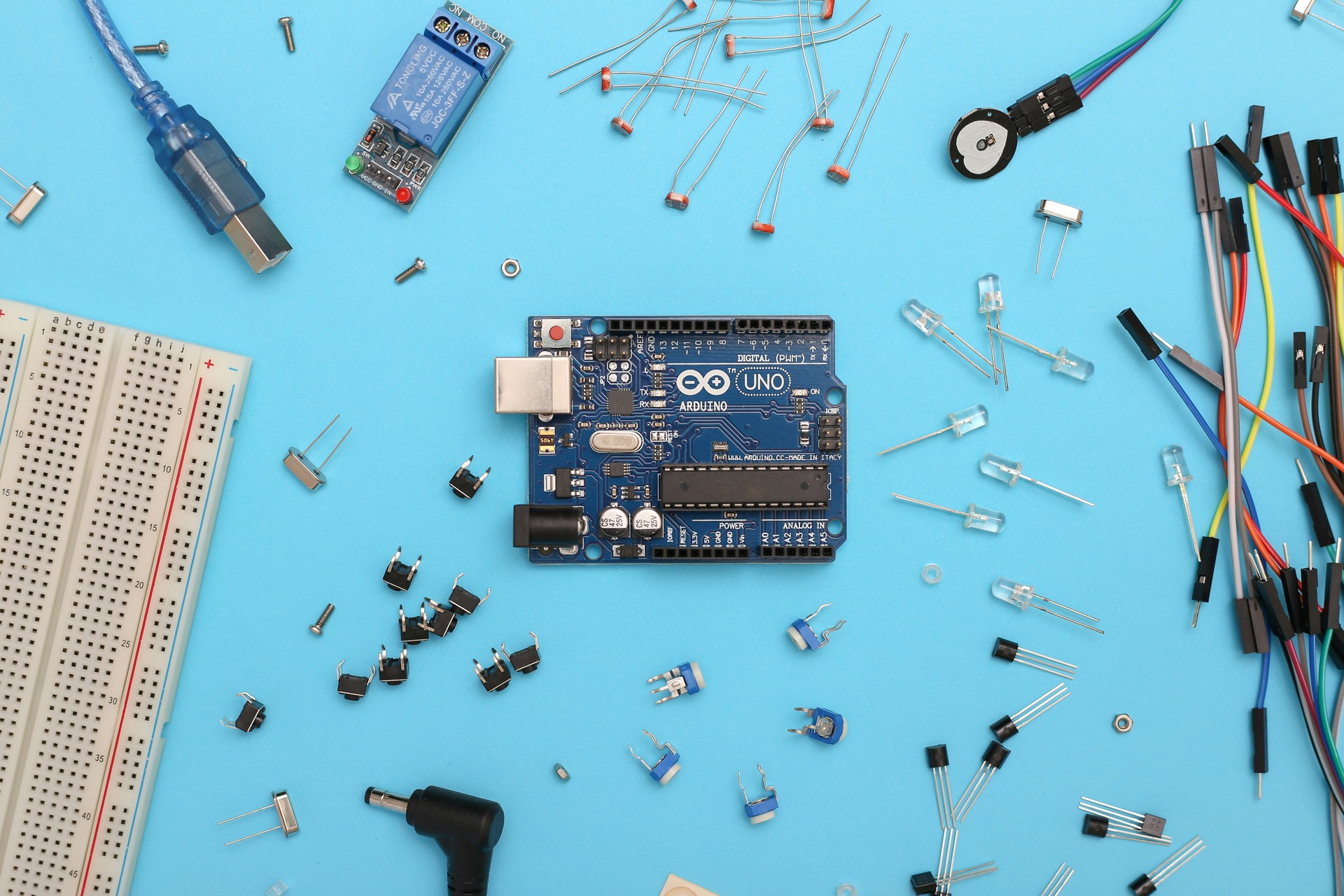The ocean is your source of oxygen, seafood and modern medicine. It serves countless roles in everyone’s life, whether you live near the sea or not. And yet it experiences extensive pollution from plastics and oils — all human-made problems.
Plastic in the ocean poses an undeniable issue that has major ramifications for the planet. People use and dispose of this material every day without thinking about what happens to it afterward.
Unfortunately, the standard answer is that it ends up sitting in a landfill or floating in a body of water. One piece of plastic can cause a chain of events that harms an ecosystem — imagine this occurring a million times each day.
Animal Deaths
You’ve likely seen tragic pictures of seals and turtles choked by six-pack rings or fish with debris in their stomachs. Animals that become entangled in netting lose their ability to swim to the ocean’s surface. They can no longer hunt for food or resurface for air, and they fall prey to predators.
Others experience stunted growth from tangling themselves in plastic bands, which can lead to early deaths. An estimated 100,000 animals die annually from exposure to this material, and this number will only keep climbing without intervention.
Marine Creatures Consuming Plastics
Sea birds, turtles and other marine animals consume plastic in both large chunks and microscopic pieces. The spread of microplastics, discussed below, makes it virtually impossible to avoid encountering plastic in the ocean. Research from the Environmental Investigation Agency found that 56% of porpoises, whales and dolphins have eaten this synthetic during their lifetimes.
Many animals starve because they always feel full, even though they’ve received no nutrients. Dead birds and whales appear on shores with stomachs packed with plastic, unable to adequately feed themselves.
The Spread of Microplastics
Microplastics come from larger pieces of debris that have broken into tiny parts. Researchers struggle to identify how many of them exist in global waters because of their small size.
There’s no practical way to remove them from the ocean, either. Single-use plastics are to blame. The medical and food industries are prominent contributors to single-use pollution, though many businesses are changing their practices.
The biofilms of some microplastics contain pathogens and additive chemicals, exposing marine life to hazardous substances. And despite the pervasiveness of these bits, it’s challenging for scientists to research and test how they affect humans and animals. New experimentation technologies are necessary to prevent potential harm before it’s too late.
Human Exposure to Chemicals
You can imagine that many humans are indirectly eating plastic if so many fish are doing the same. Your system absorbs these microparticles, along with the chemicals mentioned earlier. That’s one of the reasons it makes sense to reduce single-use plastics.
You can kill pathogens by cooking seafood, but that still leaves compounds like mercury, lead and phthalates. Diethylhexyl phthalate exists in many products like toys and vinyl flooring, and it poses serious health risks if you inhale it.
DEHP has caused physical problems like asthma and reproductive toxicity, which damage your lungs and impede reproductive ability, respectively. These chemicals exist in smaller concentrations in microplastics, but they still threaten human health.
Expanding Diseases
Plastic in the ocean causes a ripple effect through the lives of every living being, and it has consequences you may not expect. Coral reefs with high rates of debris pollution contract more diseases than others. Scientists theorize this happens from sharp plastics cutting the coral, which encourages bacterial infection. And once one organism falls ill, the disease ravages the rest until all succumb to the sickness.
Ways to Help
Say no to single-use plastics and buy reusable items. Bring cloth bags to the grocery store, and swap plastic bottles for travel mugs. Purchase from companies that actively combat this synthetic by using other materials.
Support reduced plastic usage by informing people in your region of alternatives and advocating for a plastic ban. Ask businesses near you to provide more items — like takeout containers and straws — without the material.
Recycle the plastics you do use, and ensure you’re putting them in the right bins by learning the different types. Unfortunately, not all are recyclable, which is why it’s so vital to reduce consumption where you can. Repurpose any non-recyclable items for at-home use to extend their lifecycles.
Offset the Damage Done by Plastic in the Ocean
The amount of plastic in the ocean is an ongoing problem. As of now, there is nothing scientists can do to remove the microplastics already there. However, you and others can curb the presence of ocean debris by limiting your use. Involve friends and family in your no-plastic campaign and participate in community efforts. Everyone can do at least one thing to help.
Recent Stories
Follow Us On
Get the latest tech stories and news in seconds!
Sign up for our newsletter below to receive updates about technology trends




